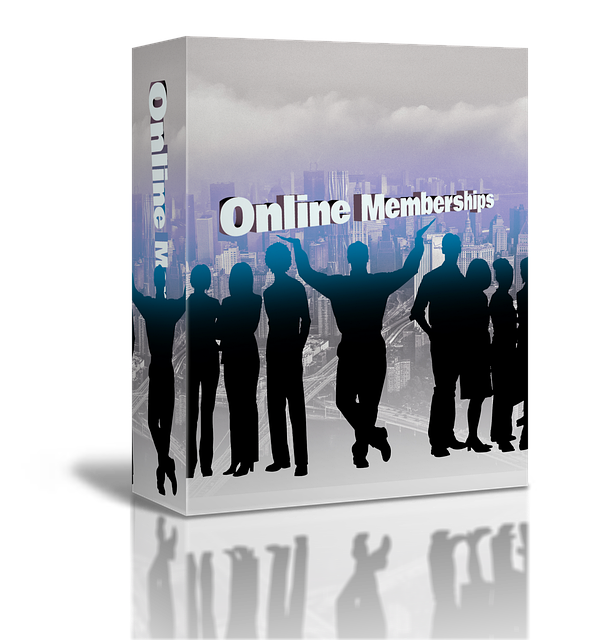How Sample Programs Connect Consumers with New Products
Sample programs have become a powerful bridge between brands and consumers, offering everyday people the chance to test products before they hit the market. These initiatives benefit both parties: companies gain valuable feedback and authentic reviews, while participants receive free products and the opportunity to influence future designs. Understanding how these programs work can help you decide if becoming a product tester aligns with your interests and lifestyle.

Sample marketing represents a strategic approach where companies distribute products to selected consumers for testing and feedback. This method allows brands to gather real-world insights while building awareness and trust. Participants in these programs typically receive products at no cost in exchange for their honest opinions, usage data, or public reviews. The process has evolved significantly with digital platforms, making it easier for both companies and consumers to connect.
How Does Sample Marketing Work?
Sample marketing operates through various channels and formats. Companies identify target demographics that match their product profile and recruit testers through online platforms, social media, email lists, or specialized testing communities. Once selected, participants receive products along with specific instructions about usage duration, feedback requirements, and review deadlines. Some programs require detailed surveys, while others ask for social media posts or video testimonials. The feedback collected helps brands refine formulations, packaging, marketing messages, and pricing strategies before full-scale launches. This approach reduces market risk and increases the likelihood of product success.
Facts About Testing And Reviewing Products
Product testing involves more than simply using free items. Testers must provide thoughtful, honest feedback within specified timeframes. Many programs require participants to complete surveys ranging from brief questionnaires to comprehensive reports covering performance, packaging, value perception, and purchase intent. Some companies track usage patterns through apps or request photo documentation. Ethical considerations are important: testers should disclose when they received products for free if posting public reviews. Federal Trade Commission guidelines in the United States require transparency about material connections between reviewers and brands. Quality feedback benefits everyone by improving products and helping other consumers make informed decisions.
Is Being A Product Tester Easy?
The ease of product testing depends on program requirements and personal circumstances. Some programs demand minimal effort, such as trying a snack and completing a five-minute survey. Others require extensive commitment, including daily logs, multiple surveys, or creating content like photos and videos. Time management becomes crucial when juggling multiple testing opportunities. Testers must also meet eligibility criteria, which may include demographic specifications, shopping habits, or social media presence. Competition for popular programs can be intense, with acceptance rates varying widely. While testing offers perks, it should not be viewed as a primary income source, as most programs provide products rather than monetary compensation. Reliability and quality feedback increase chances of selection for future opportunities.
What You Need To Know Before You Start
Before diving into product testing, consider several practical factors. First, evaluate your available time and ability to meet deadlines consistently. Late or incomplete feedback may disqualify you from future programs. Second, understand privacy implications, as some programs collect personal data or require social media access. Read terms and conditions carefully to know how your information will be used. Third, be prepared for product variety, you might test items outside your usual preferences. Fourth, manage expectations about selection frequency, even active participants may face periods without new opportunities. Finally, watch for red flags like programs requiring upfront payments or promising unrealistic rewards, as legitimate testing programs never charge participation fees.
How To Become A Product Tester
Starting your product testing journey involves several steps. Begin by researching reputable platforms and programs that match your interests and demographics. Major consumer goods companies often run in-house testing panels, while third-party platforms connect testers with multiple brands. Create detailed profiles highlighting relevant demographics, interests, and shopping behaviors, as specificity increases matching accuracy. Join multiple programs to maximize opportunities, but only commit to what you can realistically handle. Build credibility by providing thorough, timely feedback on initial assignments. Engage with testing communities to learn about new opportunities and best practices. Consider focusing on product categories you genuinely use and understand, as authentic expertise produces more valuable insights. Social media presence can enhance applications for programs seeking influencer-style testers, though it is not required for all opportunities.
The Benefits Beyond Free Products
Participating in sample programs offers advantages beyond receiving complimentary items. Testers gain early access to innovations before public release, satisfying curiosity about emerging trends. The experience provides insight into product development and marketing processes, which can be educational for those interested in business or consumer behavior. Some testers develop relationships with brands, leading to ongoing partnerships or advisory roles. The activity can also be socially engaging, as many programs include community forums where participants share experiences and tips. For content creators, product testing provides material for blogs, videos, or social media posts. Additionally, contributing to product improvement gives participants a sense of purpose, knowing their feedback shapes items that millions may eventually use.
Sample programs create meaningful connections between consumers and brands through structured testing and feedback systems. While not suitable for everyone, these opportunities offer valuable experiences for those willing to provide thoughtful input. Success requires understanding program expectations, managing time effectively, and maintaining honesty in all feedback. Whether you are interested in beauty products, electronics, food items, or household goods, numerous programs exist across virtually every consumer category. By approaching product testing with realistic expectations and genuine engagement, participants can enjoy complimentary products while contributing to better marketplace offerings.




